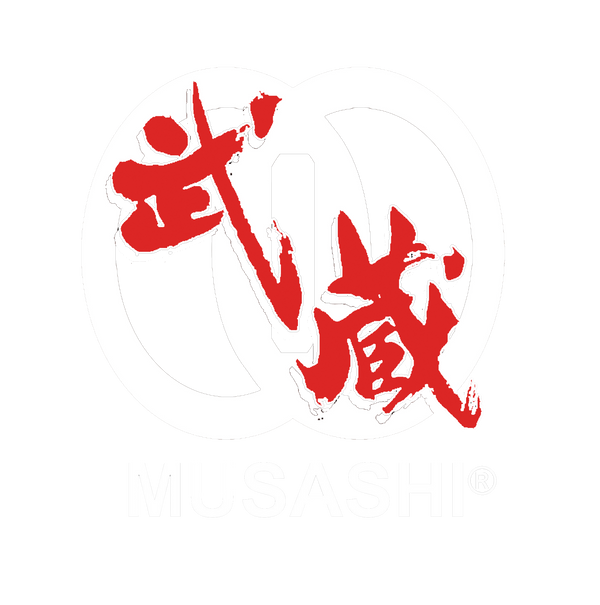The Rockwell Hardness Scale (HRC)
Understanding Blade Hardness: The Rockwell Hardness Scale (HRC)
When it comes to knives and other cutting tools, one of the most critical factors that determine their performance is the hardness of the blade. The hardness of a blade affects its edge retention, sharpness, and overall durability. But how do we measure this hardness? The answer lies in the Rockwell Hardness Scale (HRC).
What is the Rockwell Hardness Scale?
Developed in the early 20th century by Stanley Rockwell, the Rockwell Hardness Scale is a method of measuring the hardness of materials, including steel used in blades. The scale uses a diamond-tipped indenter to press into the material under a standard force. The depth of the indentation reflects the material’s hardness.
Why is HRC Important for Blades?
The HRC rating of a blade gives you an idea of how well it can withstand wear and tear. A higher HRC means the blade can maintain a sharp edge for longer but may be more brittle and prone to chipping. Conversely, a lower HRC indicates a softer steel that’s tougher and more flexible but will require more frequent sharpening.
Ideal HRC for Katanas
Katanas typically have an HRC between 40 and 65, which allows them to retain a sharp edge without becoming too brittle. This range is ideal for the cutting and slicing motions characteristic of samurai sword techniques.
Musashi Swords and the Legacy of Katanas
At Musashi Swords, we honor the legacy of the katana by offering blades that reflect the perfect balance of form and function. Our katanas are crafted with attention to the HRC, ensuring each sword meets the high standards of strength and sharpness expected by enthusiasts and practitioners alike.
